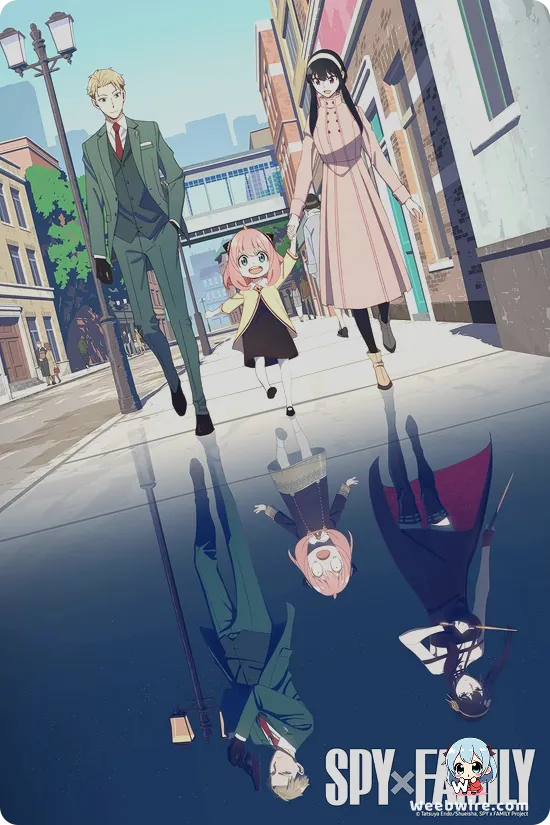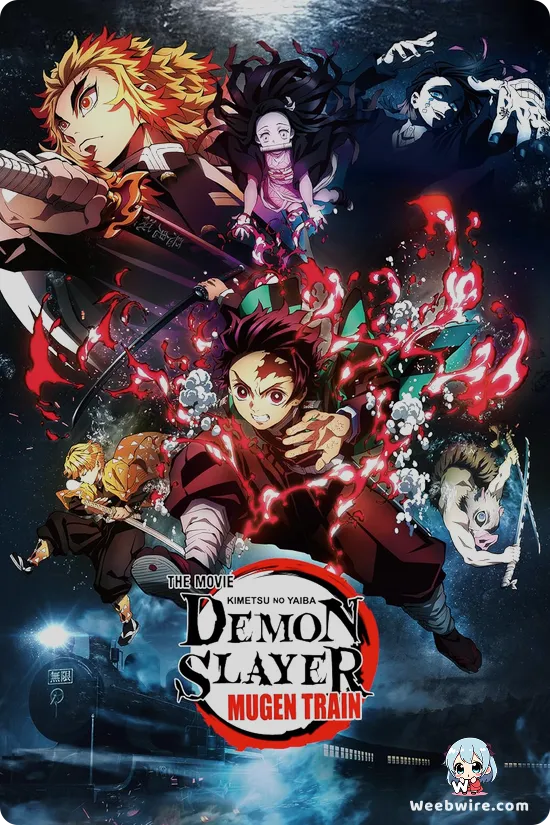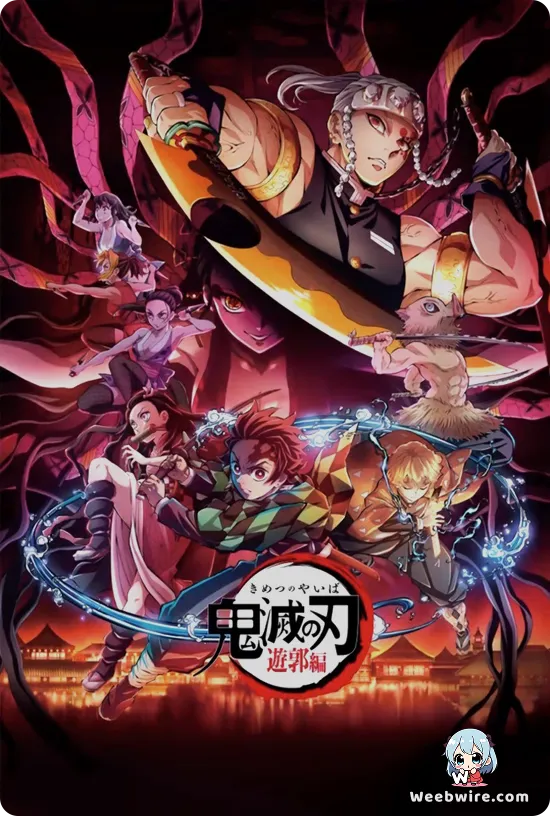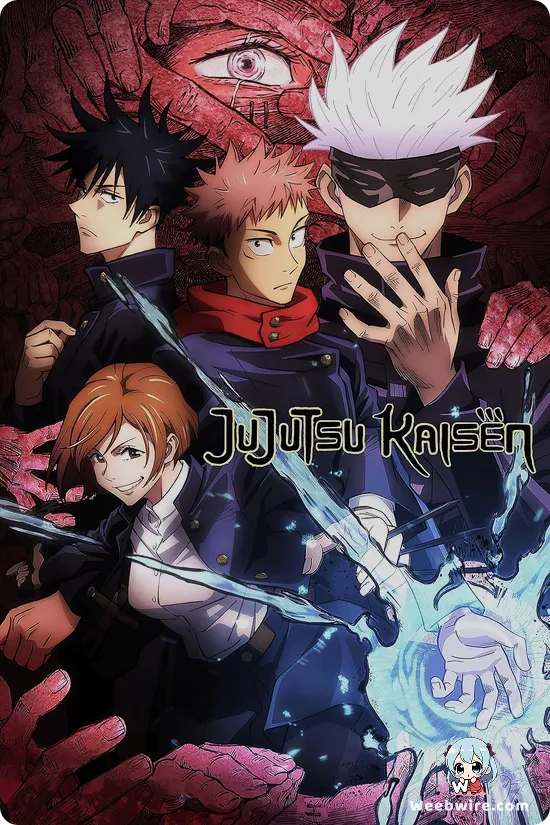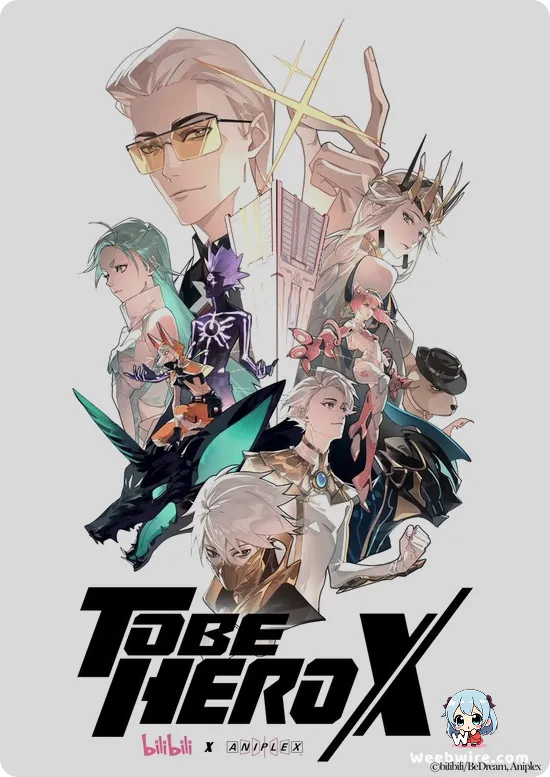Theatre of Darkness: Yamishibai – Unmasking the Unique Horror of Japan's Masterful Digital Kamishibai
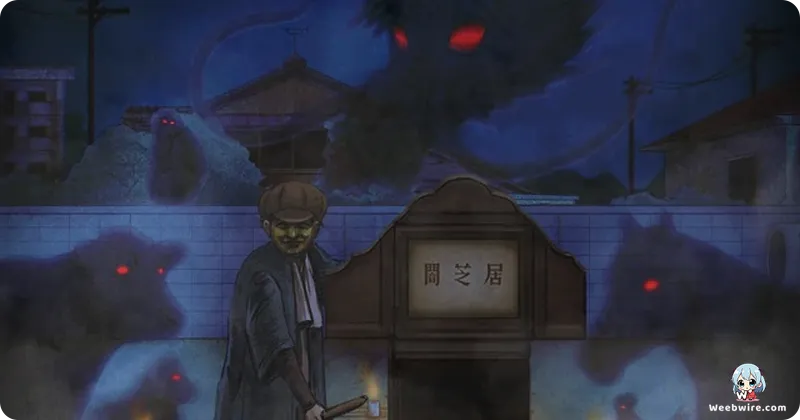
In a landscape often dominated by elaborate animation and complex narratives, “Theatre of Darkness: Yamishibai” stands as a chilling anomaly, captivating audiences since its July 2013 debut with a uniquely unsettling approach to horror. This short-form anthology has redefined terror, not through high-fidelity visuals, but with a minimalist, paper-cutout aesthetic and an unwavering commitment to traditional Japanese ghost stories. More than just an anime, Yamishibai is a meticulously crafted experience, deeply rooted in a forgotten art form, its eerie charm amplified by fascinating production choices that deliver lingering chills.
The Kamishibai Legacy
At its core, Yamishibai draws profound inspiration from kamishibai, the traditional Japanese street performance art where a storyteller would use illustrated boards to narrate tales, often to eager children in the post-World War II era. The series painstakingly resurrects this historical form, transforming its seemingly limited animation into a deliberate artistic homage. The distinct jerky, almost stop-motion movements, static backgrounds, and two-dimensional, cutout characters are all intentional nods to the physical manipulation of kamishibai boards. Far from being a constraint, this singular visual style powerfully amplifies the horror. By presenting characters in an unnatural, doll-like manner, the anime taps into a primal sense of unease, compelling the viewer's imagination to conjure terrors more profound than any explicit depiction could achieve. This creative vision masterfully converts perceived limitations into its greatest strengths, showcasing the potent power of suggestion over gore.
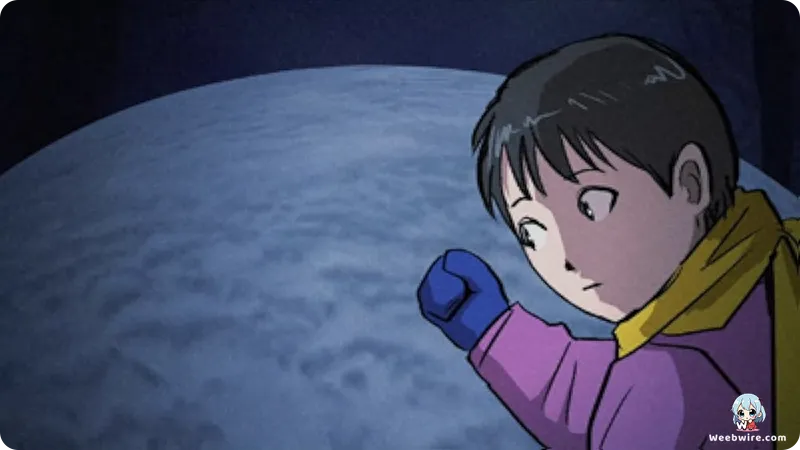
The Enigmatic Storyteller
Guiding viewers through these unsettling narratives is the enigmatic Storyteller, often referred to as the 'Ojisan.' Instantly recognizable by his unsettling, traditional Noh-like mask and distinctive, gravelly voice, he serves as the audience's conduit into the rich tapestry of Japanese folklore and urban legends. While the Storyteller's appearance and voice actor have subtly evolved across its many seasons, his essential role and eerie presence remain a constant, unifying thread throughout the anthology, his ritualistic introduction and melancholic traditional melodies immediately immersing viewers in a sense of foreboding.
Impactful Brevity
The strategic brevity of each episode, typically four to five minutes, is another crucial element contributing to Yamishibai's unique brand of horror. This concise format necessitates incredibly tight, impactful narratives, stripping away unnecessary exposition to dive directly into the eerie premise, rapidly building tension before delivering a shocking, efficient conclusion. This mirrors the quick, digestible nature of orally transmitted ghost stories, focusing on immediate scares and lingering dread. It’s a testament to the series' writing that such profound fear can be evoked within such a compressed timeframe, ensuring each episode delivers a concentrated dose of terror.
Authentic Japanese Folklore
Furthermore, the series delves exclusively into a rich array of Japanese urban legends, ghost stories, and folklore, offering a distinct flavor of terror often divergent from Western horror tropes. Viewers encounter entities like the Red Room, the Slit-Mouthed Woman (Kuchisake-onna), and countless other local spirits and vengeful apparitions, providing a unique cultural lens into Japan's deeply embedded supernatural beliefs. The horror often springs from everyday situations twisted into the uncanny, or from encounters with spirits tied to specific locations and ancient customs, rendering the mundane terrifying.
Masterful Sound Design
The series' unsung hero is its meticulous sound design. Given the minimalist visuals, Yamishibai heavily relies on audio to build atmosphere and deliver scares. Unsettling ambient noises, sudden jarring sound effects, and the Storyteller's distinct narration are expertly crafted to maximize suspense. Traditional Japanese instruments, unnerving whispers, and distorted everyday sounds create a palpable sense of dread that often precedes the visual revelation of a horror element, demonstrating how sound can manipulate emotion and amplify fear.
Over its numerous seasons, Yamishibai has maintained its core identity while subtly evolving. Although primarily animated by ILCA in its initial seasons, later contributions from other studios and directors have preserved the distinctive kamishibai aesthetic and short-form storytelling. This longevity underscores the enduring appeal of its unique horror style and its consistent ability to deliver chilling tales, cultivating a dedicated fanbase that values its atmospheric, psychological approach. “Theatre of Darkness: Yamishibai” transcends mere anime; it is a cultural artifact that breathes new life into a traditional art form to deliver modern scares. Its unwavering commitment to the kamishibai aesthetic, its deep dive into authentic Japanese folklore, the impactful brevity of its episodes, and its masterful sound design coalesce to create a horror experience unlike any other. It stands as a powerful testament to the idea that true terror often resides in what is left unsaid, unseen, and in the unsettling power of the human imagination, solidifying its status as an influential cult classic in the horror anime landscape.
Credits
Theatre of Darkness: Yamishibai
Author
Naoki Tanisaki (Concept/Director), Hiromu Kumamoto (Script Supervisor)
Cover Art
ILCA Art Team
Studio
ILCA
Publisher
TV Tokyo
Producers

